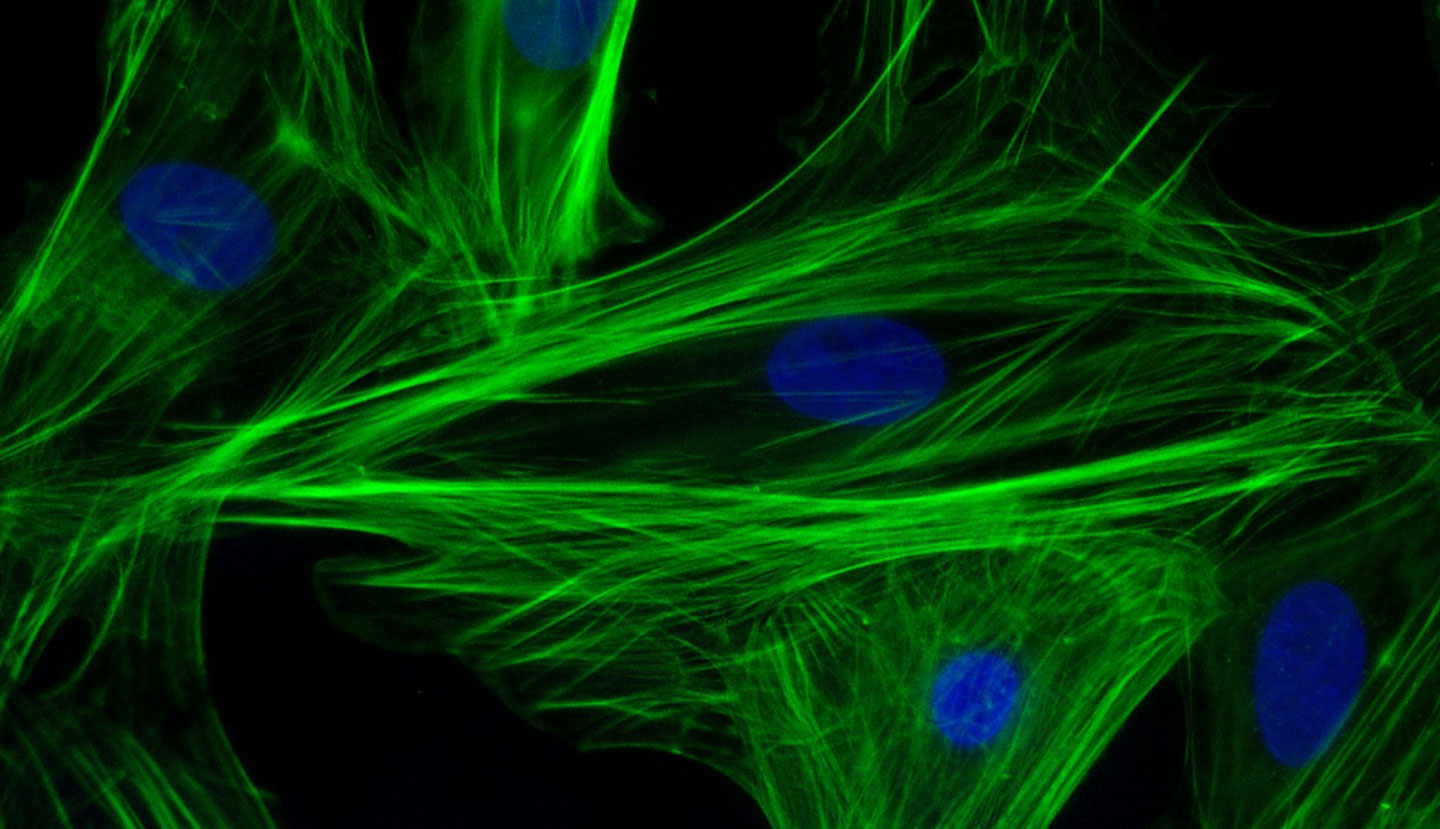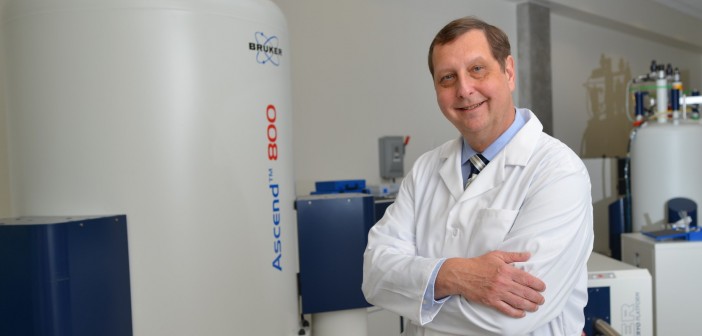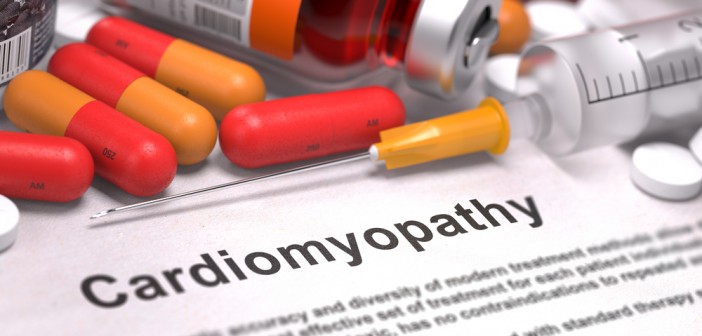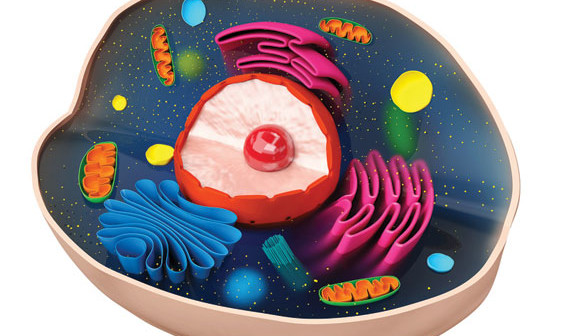A good supply of oxygen is important for the survival of tissue, but it’s especially critical for organs with high-energy demands, such as the heart. Lack of oxygen (hypoxia) can occur under a variety of conditions, including high altitude, inflammation and cardiopulmonary disorders such as heart attacks and blood clots. Understanding how the heart compensates—or doesn’t compensate—under hypoxic conditions can open avenues to find treatments for hypoxia-related cardiac diseases.
Rolf Bodmer, PhD, director and professor of the Development, Aging and Regeneration Program, and Karen Ocorr, PhD, assistant professor at SBP, study hypoxia in the Drosophila model. Drosophila, a common fruit fly about 3mm long has a heart that doesn’t look much like a human’s—it’s a long tube—but it has many of the same components and genes as a human heart, making it a very useful model to study how genes and environmental conditions affect heart function.
Bodmer and Ocorr’s new study, published in the journal Circulation Cardiovascular Genetics, looked into how hypoxia can lead to long-term heart defects in Drosophila. Their research team studied two sets of flies that underwent different hypoxia treatments: Set (1) flies were subjected to chronic hypoxia for three weeks (hypoxia-treated flies), which is about half of a fly’s life, and Set (2) flies were selected for survival in hypoxic conditions over 250 generations (hypoxia-selected) flies.
While there were some significant differences discovered in the hearts of the two sets of flies, one thing was the same—the expression profile of calcineurin genes were much lower under both conditions.
“Calcineurin is actually an enzyme that promotes the enlargement of the heart (hypertrophy) under some prolonged stress conditions,” says Bodmer. “In mammals, we knew that inhibiting calcineurin reduces the pathological condition of an enlarged heart, but we didn’t know how calcineruin worked in long-term hypoxia, where hypertrophy is a defining feature of diseases linked to chronic hypoxia, most notably known as chronic mountain sickness, which is notorious for affecting high altitude dwellers in the Andes, but surprisingly not as much in Tibet.
Using calcineurin knockdown flies, the team found that without the enzyme, hearts were impaired in normal oxygen conditions. In hypoxic conditions, the damage was even worse, suggesting a careful balance of pro- and antigrowth signaling is necessary for a well-functioning and responsive heart.
“Our study in Drosophila shows that reduced cardiac calcineurin levels cause heart defects that mimic some characteristics we see during long-term hypoxia,” explains Bodmer. “Since calcineurin genes are very similar between Drosophila and human—approximately 75% identical—we believe that reduced levels of calcineurin in mammals—including humans—may play a crucial role in the progression of heart disease during long-term hypoxia exposure, and help understand cardiac complications associated with hypoxia, including population living at high altitude.”





